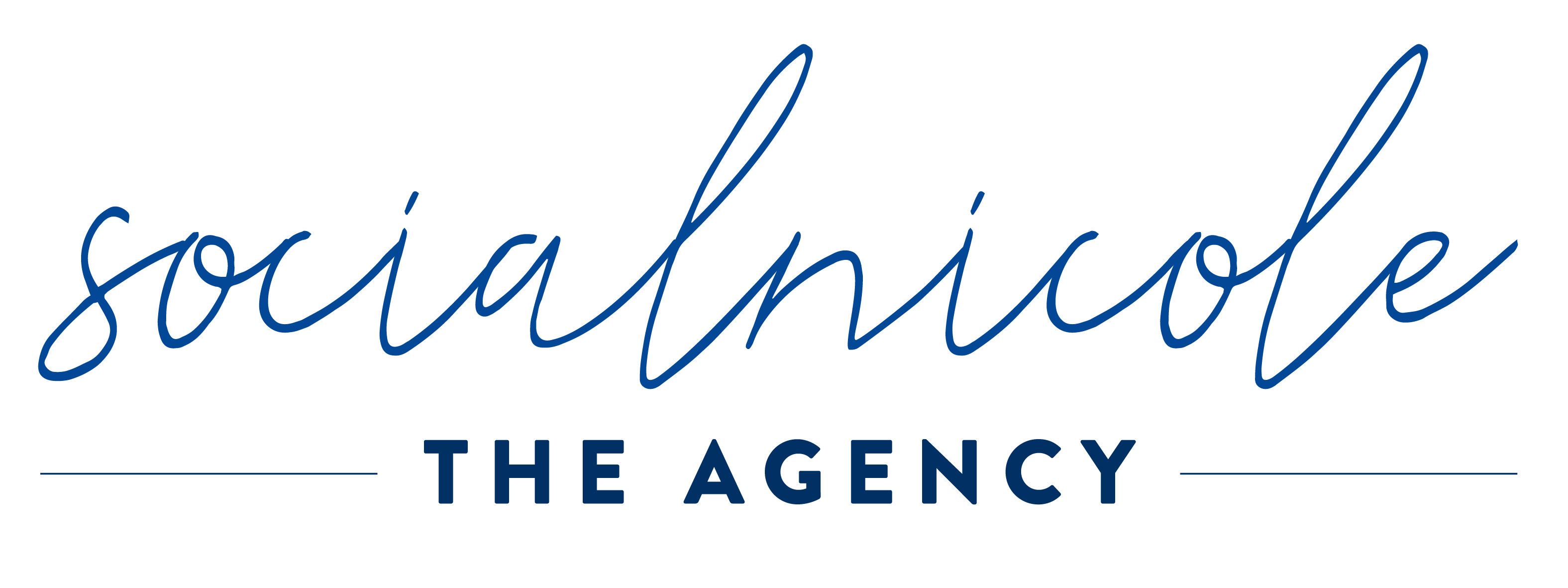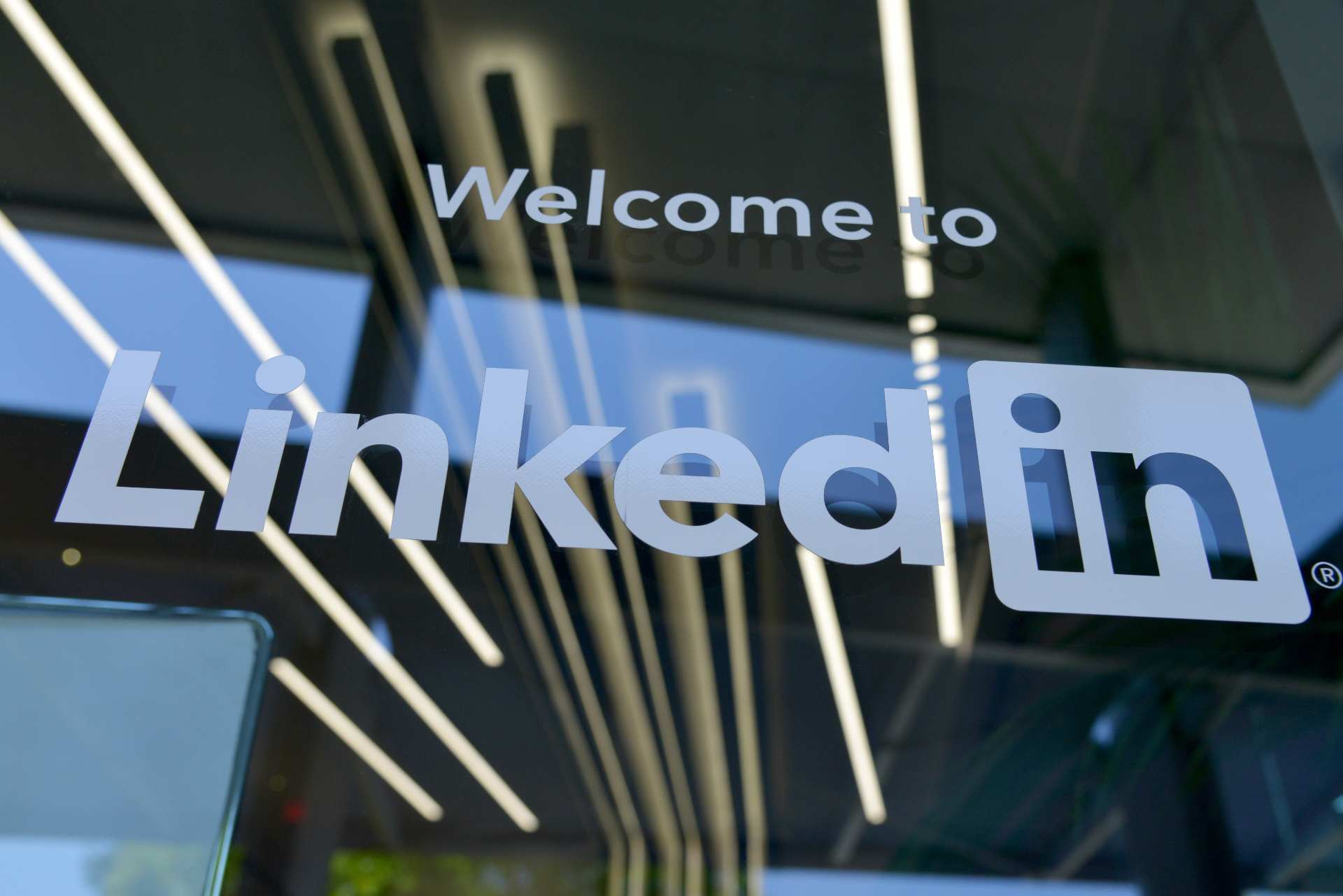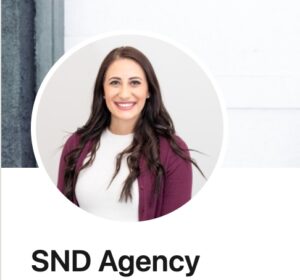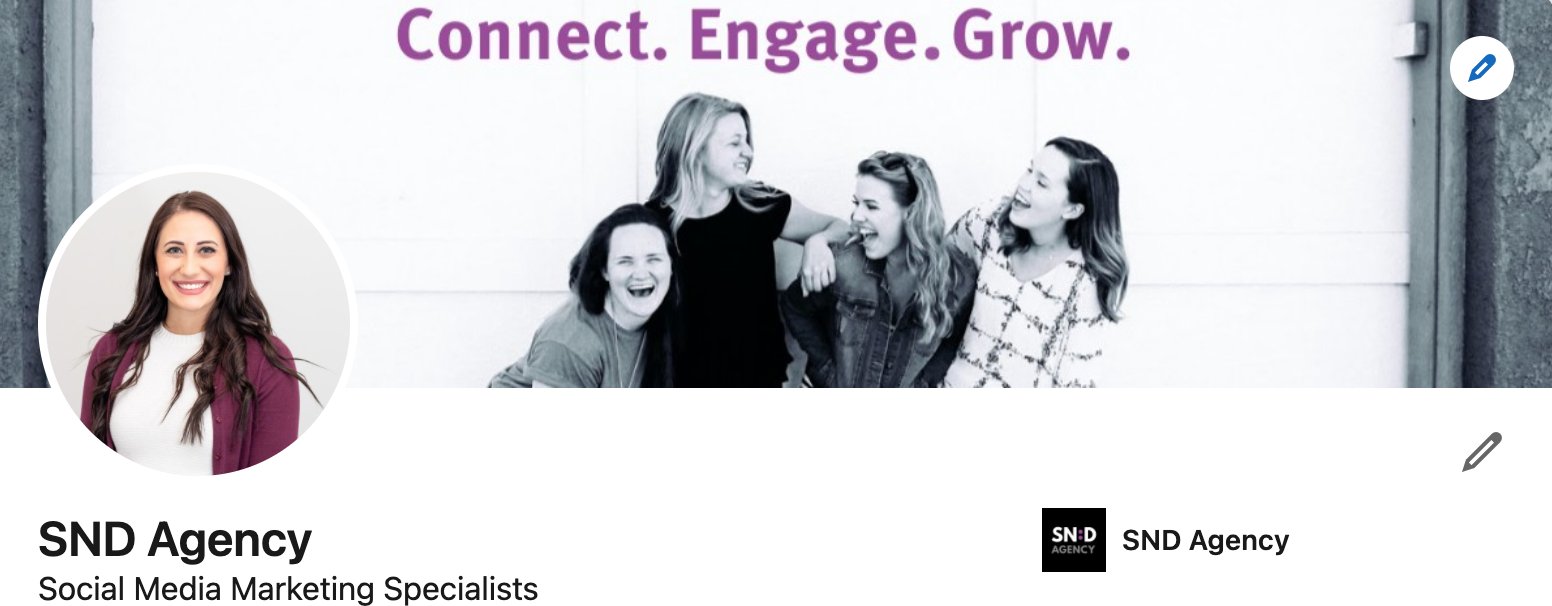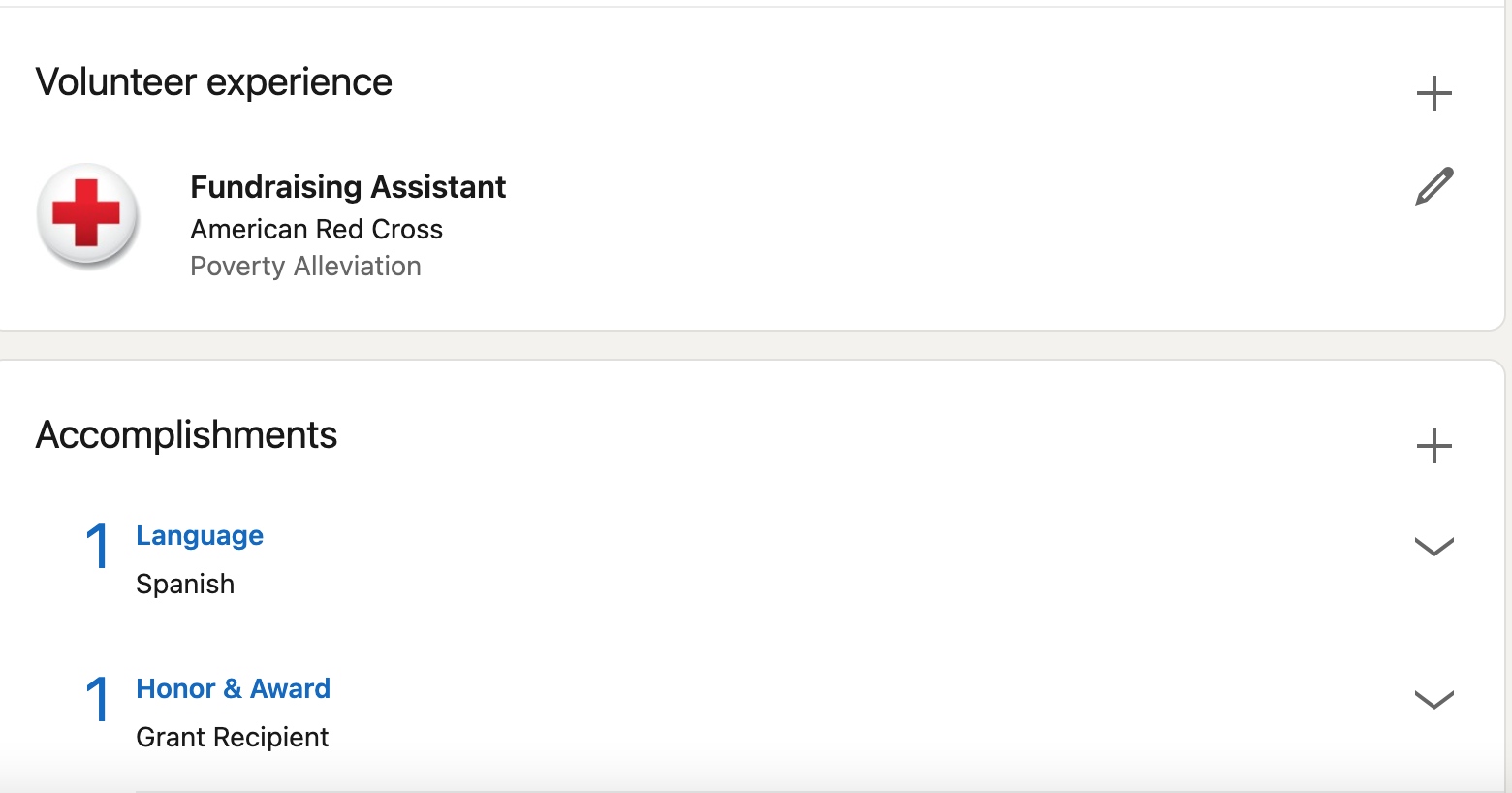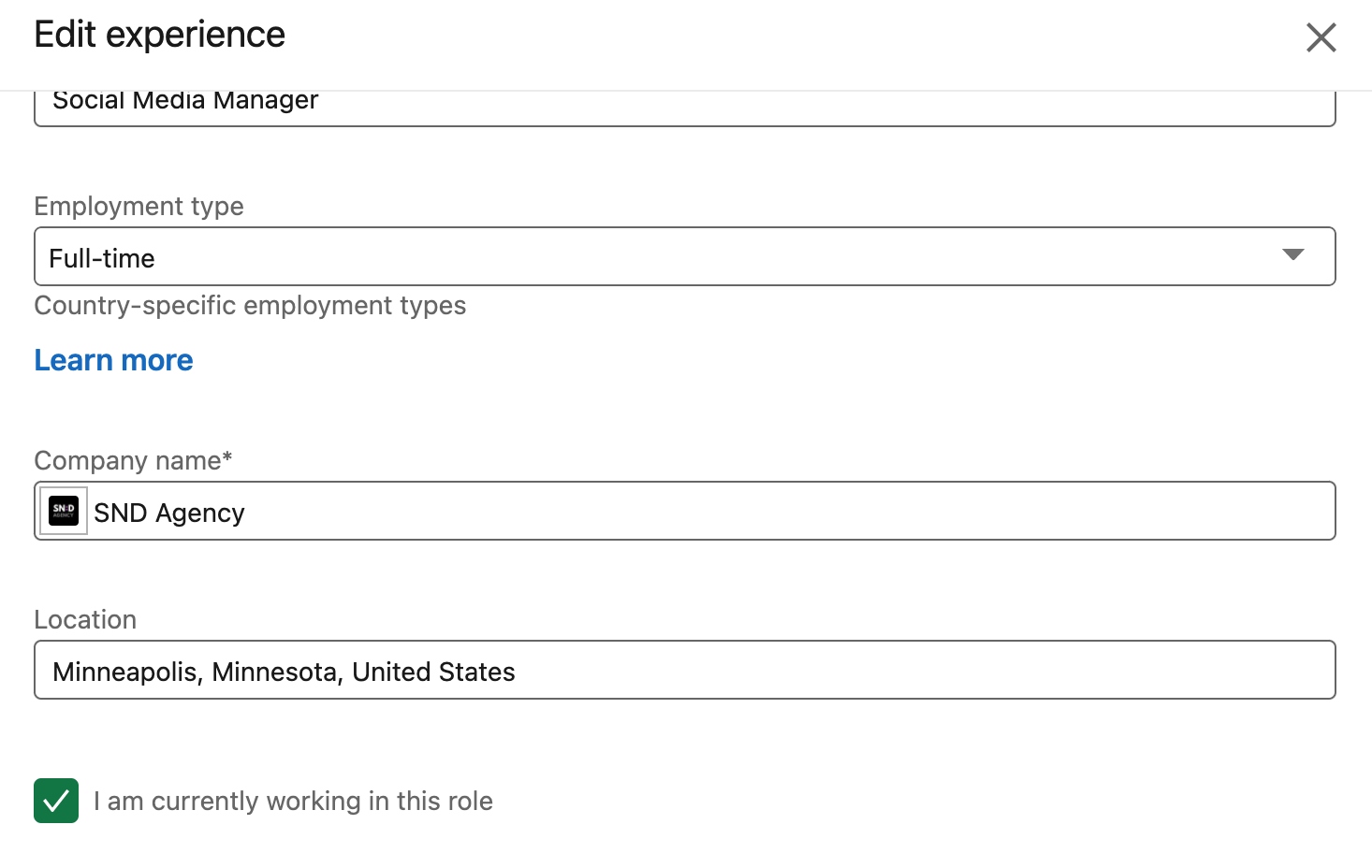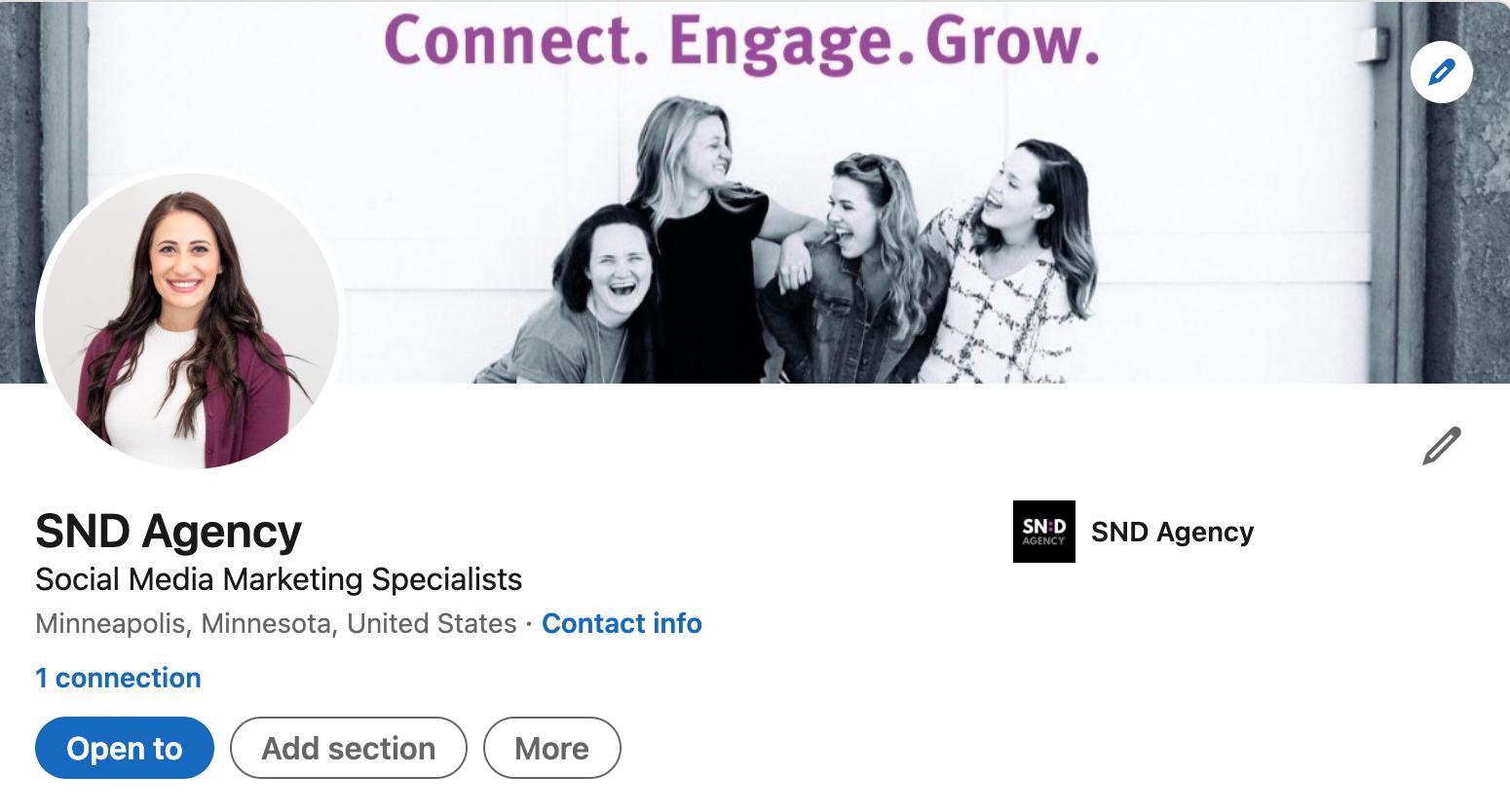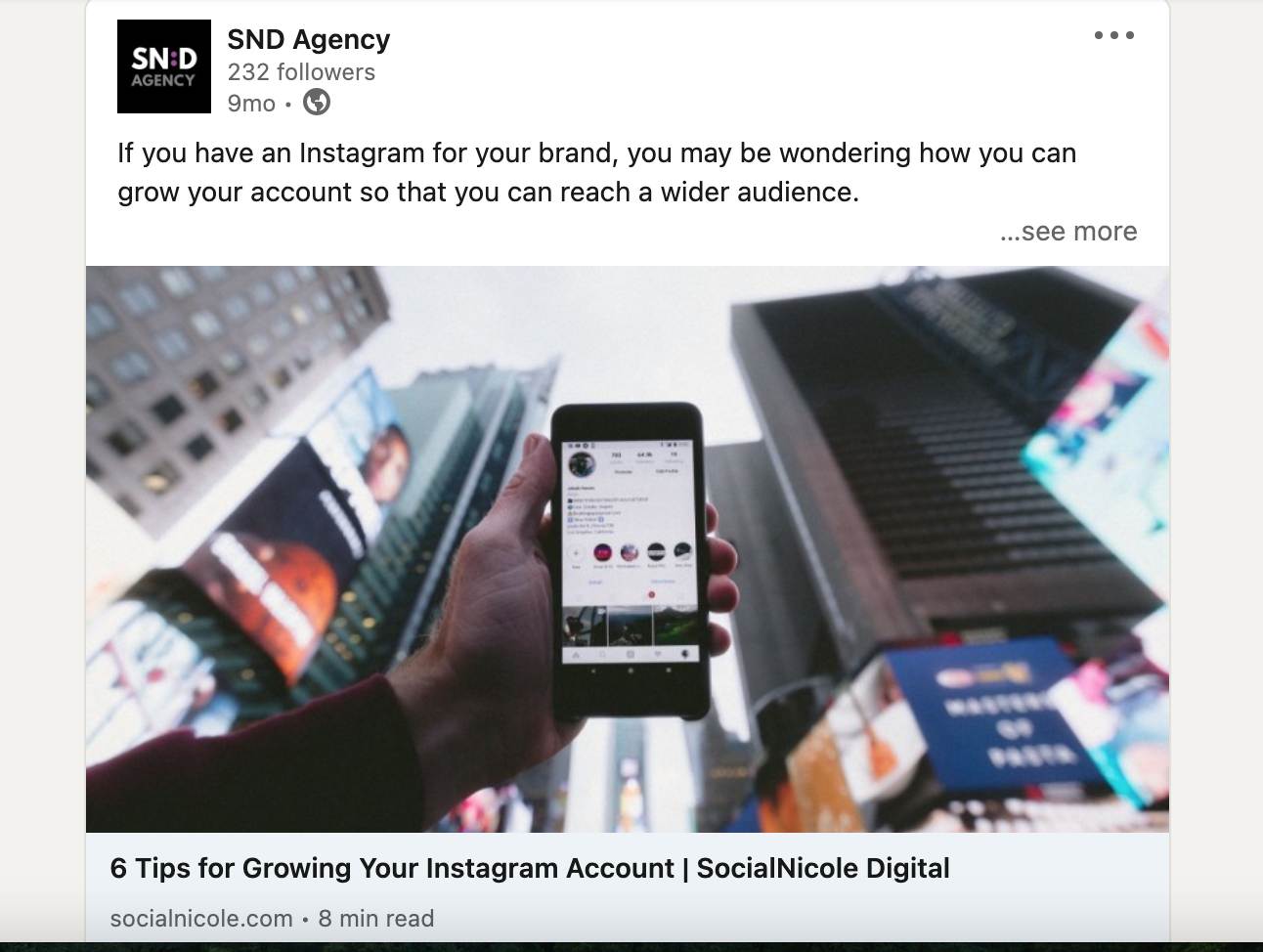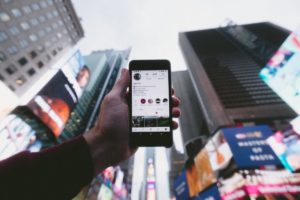
As the leading professional social networking platform, LinkedIn has over 740 million members, which makes it an ideal space for businesses to connect with industry professionals, potential clients, and thought leaders. Your brand’s presence on LinkedIn can mean tapping into a vast pool of opportunities for partnerships, collaborations, and business development. LinkedIn also offers a space for your business to showcase its expertise.
By developing a robust follower base on your LinkedIn business page, your business can share industry insights and position itself as an authority in their respective fields. Growing your LinkedIn presence can also significantly enhance your brand’s visibility and reputation. To help you make the most of LinkedIn, we’ve compiled 19 effective tips to grow your business’s LinkedIn page and attract a valuable audience.
1. Complete Your LinkedIn Business Page Information
Before you do anything else, you’ll want to optimize your LinkedIn business page by providing all relevant and comprehensive information about your company. LinkedIn business pages with complete information receive 30% more views, and when visitors find valuable content aligned with their interests, they are more likely to click that “Follow” button.
2. Invite People to Follow Your LinkedIn Business Page
A great way to drive traffic to your LinkedIn business page is by placing a “Follow” button on your company’s website and adding a link to your email signature. This makes it easy for your website visitors and email recipients to connect with you by eliminating the extra step of seeking out your page.
3. Post Consistently To Your LinkedIn Business Page
Consistent posting is key to maintaining an active and engaging LinkedIn business page. Pages that post at least weekly see twice as much engagement. Hence, it’s essential to develop a strategy and content plan, follow up with a content calendar, and stick to a consistent posting schedule to stay on top of mind for your followers.
4. Utilize Video Content For Your LinkedIn Business Page
Capture your audience’s attention with unique imagery–especially videos. Visual content tends to stand out more on social media feeds and generate higher engagement. Additionally, content that keeps users on the platform performs better, so avoid including links that take people off your LinkedIn business page.
5. Get Employees Involved
Leverage the power of your employees to amplify your LinkedIn business page presence by encouraging them to tag your page in updates they share with their networks. Employee advocacy is a great way to boost your business’s visibility and engagement on LinkedIn significantly.
6. Get Employees Connected On Your LinkedIn Business Page
Another way to involve your employees is to ensure they’re properly linked to your LinkedIn business page. To do this, they must accurately cite your page in their Work Experience section. Every time an employee makes a new connection, the new connection will be able to see your LinkedIn business page and click to follow your page from the employee’s profile. This can help expand your reach organically.
7. Notify Employees
Did you know you can choose to notify employees whenever you post new content on your LinkedIn business page? Simply choose the “notify employees” option under your post’s settings, which will notify everyone who lists your page as an employer. Their engagement and shares can make a huge difference in increasing the visibility and reach of your posts.
8. Run Ads
There are always limits to organic growth tactics, so consider running Dynamic Ad campaigns using the Follower Ad format to accelerate your LinkedIn business page growth. Advertising on LinkedIn can effectively increase your follower count and expand your brand’s visibility.
9. Respond to Comments
Always try to engage with your audience by responding thoughtfully and promptly to comments on your posts. Meaningful discourse and interactions show your commitment to building relationships and contribute to boosting your visibility within the algorithm.
10. Use Hashtags
Using relevant hashtags in your LinkedIn business page posts can help you reach a broader audience and show your content to those not yet following you. This helps to categorize your content and make it discoverable to users interested in specific topics. Around 3-5 hashtags are the sweet spot on LinkedIn, so don’t go crazy with the hashtag use.
11. Use Mentions and Tags
Whenever your business mentions other LinkedIn users in their posts, don’t forget to mention or tag them. This practice increases the chances of those users engaging with your LinkedIn business page content and potentially sharing it with their networks.
12. Invite Connections
Utilize the invite tool on LinkedIn business pages to invite your personal LinkedIn connections to follow your LinkedIn business page. Your existing connections are already familiar with your brand, making them more likely to engage with your content and become valuable followers.
13. Pay Attention to Trending Topics
You can follow specific, industry-related hashtags by searching within the hashtag section on LikedIn’s left-hand sidebar. This lets you stay updated with news related to your field and interests. By tracking and participating in discussions around trending topics, you can attract attention and establish yourself as a leader in your industry.
14. Promote Your LinkedIn Business Page Content and Profile on Other Platforms
You can cross-promote your LinkedIn business page content and profile on other social media platforms and communication channels by sharing snippets of your LinkedIn posts on Twitter, Facebook, or Instagram. This ultimately drives traffic to your LinkedIn page and increases your follower count.
15. Be a Thought Leader in Your Industry
To grow your LinkedIn business page, it helps to be a company worth following. You can establish yourself as a thought leader by adding thoughts on essential or trending topics, providing industry insights, delivering longer-form content, and consistently posting. Consistently sharing valuable content positions you as an expert and attracts a dedicated following that looks to you for the answers.
16. Engage with Content Posted by Your Connections
Engagement goes both ways. Make sure you’re spending time interacting with your followers’ and connections’ content by liking, commenting, and sharing. Engaging with their posts fosters meaningful connections and encourages reciprocation, increasing your visibility and expanding your network.
17. Create Breaking-News Posts
Position your business as a news source by informing your audience about the latest news relevant to your industry and explaining its implications on your LinkedIn business page. By providing insights and helping your audience make informed decisions for their businesses, you establish your business as a reliable source of information.
18. Publish Long-Form Content
A great way to demonstrate your business’ industry expertise and thought leadership is by writing detailed, longer content on your LinkedIn business page. Long-form posts, ideally ranging from 1,000 to 1,500 words, provide insights and value to your audience, positioning your company as an authority in its field. These posts showcase your company’s expertise, provide value, and establish credibility. Additionally, getting your company’s followers to stick around longer and spend time reading your whole post will greatly boost the algorithm.
19. Analyze and Optimize
Use LinkedIn analytics to gain insights into your page’s performance. This way, you can understand which types of content resonate most with your audience and adjust your content strategy accordingly. Don’t be afraid to experiment with different formats and topics to find what works best for your target audience.
Growing your LinkedIn business page requires a combination of strategic tactics and consistent effort–and it doesn’t happen all at once. By implementing our tips, you can establish a strong brand presence on LinkedIn that will boost your visibility and position you as a leader in your industry. With a focused approach and a commitment to delivering valuable content, your LinkedIn page will be a space your followers seek out repeatedly as a trusted source and guide to industry insights.
Looking for more help growing your brand’s presence on LinkedIn? We understand the power of LinkedIn as a professional networking platform and know how to leverage its features to position your brand uniquely. Contact SND Agency today.
